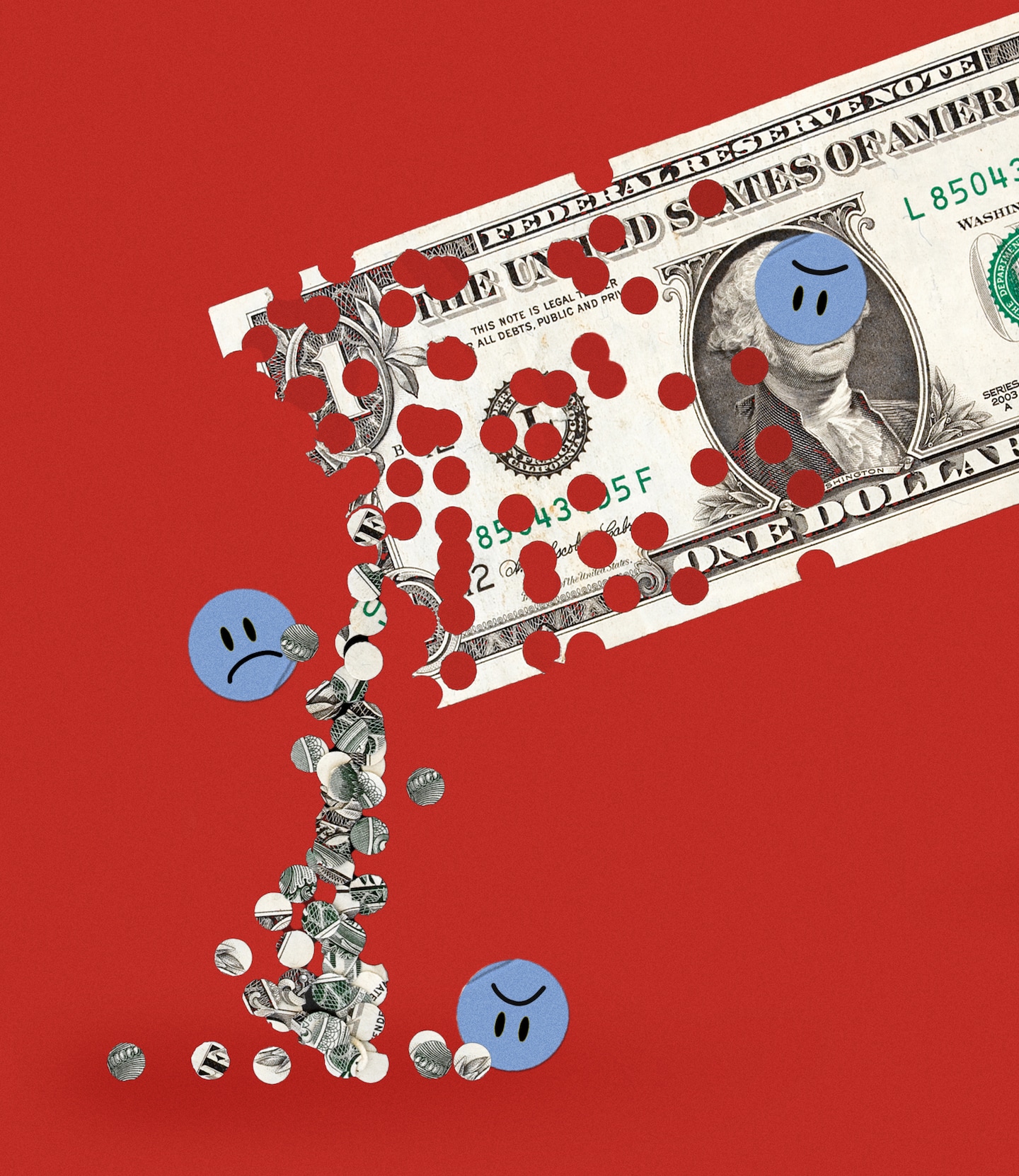The U.S. dollar has become an early victim of President Donald Trump’s aggressive trade policies. Since Inauguration Day, the dollar has depreciated nearly 10%, with much of this decline occurring after the president raised import taxes to their highest levels since 1909. This month alone, the dollar has fallen significantly, reaching a three-year low against the euro.
A weaker dollar poses challenges for Americans traveling abroad and could exacerbate inflation by increasing the cost of imported goods. However, U.S. exporters may benefit from this trend. The unusual drop in the dollar’s value is particularly striking because countries that impose tariffs typically see their currencies appreciate. Analysts attribute the dollar’s decline to uncertainties surrounding the administration’s trade strategy, which has left investors questioning its competence.
David Page, head of macro research for Axa Investment Managers, noted that the administration’s lack of transparency has created unease in financial markets. This sentiment led investors to divest from the dollar and U.S. government securities, traditionally considered safe havens during crises.
In response to these concerns, Treasury Secretary Scott Bessent stated there was no evidence of foreign investors abandoning U.S. assets. Despite this assurance, long-term yields remain elevated, potentially raising borrowing costs for consumers and businesses. While the dollar’s status as the dominant global currency remains secure, its short-term outlook appears uncertain due to the risk of a recession and potential Federal Reserve interest rate cuts.
— new from The Washington Post
